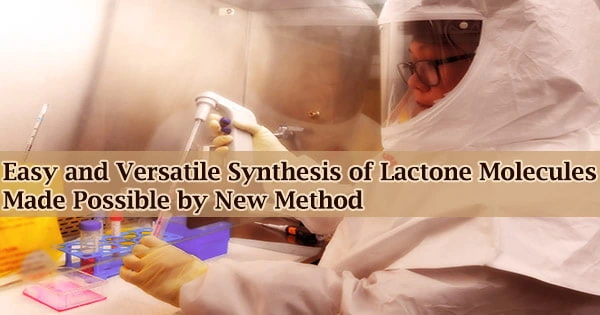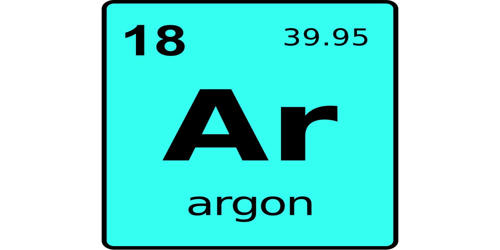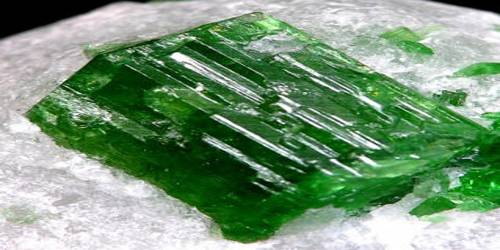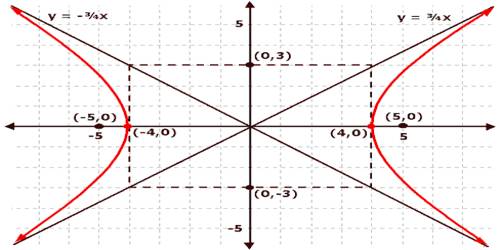Dicarboxylic acids are readily available and inexpensive compounds. Scripps Research chemists have developed a process to convert these chemicals into lactones, which have the potential to be very valuable molecules.
Natural substances that are biologically active frequently contain lactone structures; examples include vitamin C and the antibiotic erythromycin, which is generated from bacteria. Although chemists have long had methods for creating lactones, the products that can be made with these methods are relatively constrained.
The discovery, published on May 26, 2022 in Science, makes it simpler than ever to create a variety of complicated lactones.
“This method should be very broadly useful for developing new pharmaceuticals, polymer materials, perfumes and many other chemical products we’re already getting queries from interested manufacturers,” says Jin-Quan Yu, PhD, the Frank and Bertha Hupp Professor of Chemistry at Scripps Research.
Particularly in relation to “C-H activation,” Yu and his laboratory are renowned for their advances in molecular construction. This entails the removal of a hydrogen (H) atom from a carbon (C) atom on an organic molecule and the replacement of the hydrogen atom with a more complicated cluster of atoms using specially created catalyst molecules.
The overall objective is to create a set of techniques for selectively activating any chosen carbon atom on a starting molecule using C-H reactions. The ultimate goal is to use these techniques to transform inexpensive and relatively simple molecules into complex and valuable drugs, plastics, and other molecules.
This method should be very broadly useful for developing new pharmaceuticals, polymer materials, perfumes, and many other chemical products we’re already getting queries from interested manufacturers.
Jin-Quan Yu
To produce extremely valuable lactones in this instance, Yu and his team attempted to carry out challenging, site-selective C-H activations to transform accessible, affordable dicarboxylic acids.
Dicarboxylic acids are suitable starting materials for many different types of chemical synthesis because, despite their seemingly convoluted nomenclature, they are extremely simple molecules. However, chemists that attempt C-H activation of dicarboxylic acids have historically encountered significant obstacles.
“C-H activations at sites on a dicarboxylic acid that are far away from one of its carboxyl groups have been very difficult to date,” Yu says. “Being able to target distant carbons and/or nearer carbons, selectively by catalyst control, has seemed an impossible dream.”
With the help of a set of techniques using palladium-based catalysts, Yu and his team which included lead author Sam Chan, PhD, a Croucher Foundation Postdoctoral Fellow in the Yu lab freely accomplished C-H activations on both easy and hard-to-reach carbons on a dicarboxylic acid.
“Over the past two decades, we managed to develop good methods for C-H activation two carbons away from a carboxyl, but now with our new methods we can also reach one more carbon away, and with the freedom to choose between the two sites, we can readily access new chemical space in drug discovery,” Yu says.
“In addition, the remaining carboxyl group on the dicarboxylic acid can be used to make further modifications, so essentially with this approach one can build a very broad range of complex lactone compounds.”
Myrotheciumone A, a fungus molecule being researched for its potential to fight cancer, and the plant lactone pedicellosine were two complex natural lactones that Yu and his team were able to synthesize from inexpensive dicarboxylic acids, demonstrating the simplicity and usefulness of their new techniques.
The Gilula Chair of Chemical Biology at Scripps Research and Ben Cravatt’s lab are working together in the chemists’ labs to explore the properties and possibilities for future pharmaceuticals of the hundreds of different lactone compounds that have been produced as a result of the new techniques.
“We are also using our methods to develop improved processes for ton-scale production of lactones used by chemical products manufacturers,” Yu says.
“Catalyst-controlled site-selective methylene C-H lactonization of dicarboxylic acids” was co-authored by Hau Sun Sam Chan, Ji-Min Yang and Jin-Quan Yu of Scripps Research.
Funding was provided by the National Institute for General Medical Sciences (2R01GM084019), and the Croucher Foundation.
















